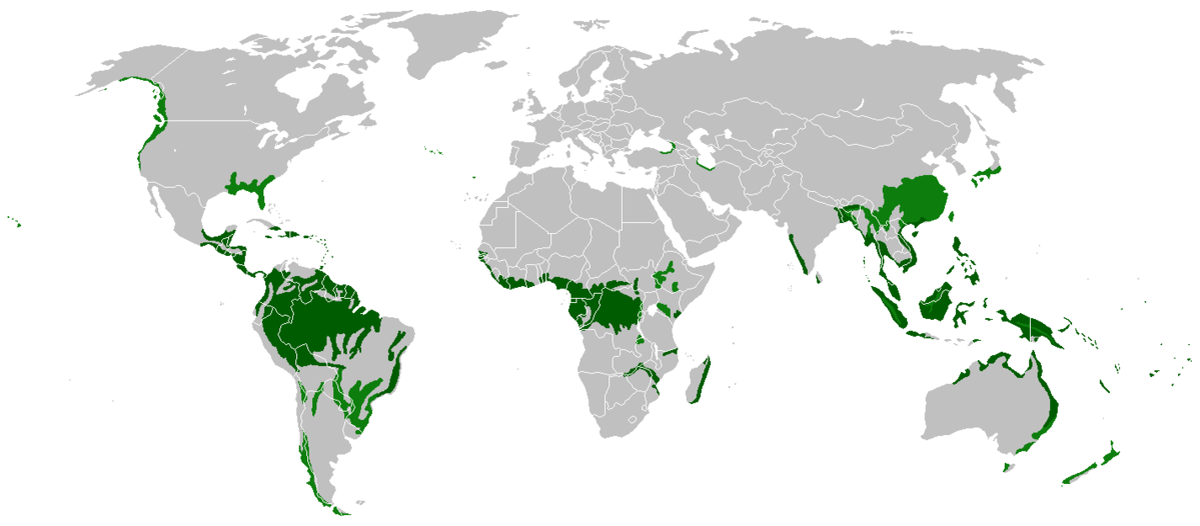Mains Syllabus: GS I - Salient features of world’s physical geography, Distribution of key natural resources across the world (including South Asia and the Indian sub-continent) ; GS 3 - Conservation, environmental pollution and degradation, environmental impact assessment.
World Rainforest Day is observed on 22 June.
The rainforest floor gets so little sunlight that plants have to stretch, climb, and even grow on other trees just to catch a few rays.
|
Types of Rainforests |
||
|
|
Tropical Rainforests |
Temperate Rainforests |
|
About |
|
|
|
Places |
|
|

A well matured big tree in the Amazon can “drink” up to 1,000 litres of water a day.
Sloths in rainforests grow algae on their fur and this creates a tiny home for insects and even giving sloths a bit of camouflage.
